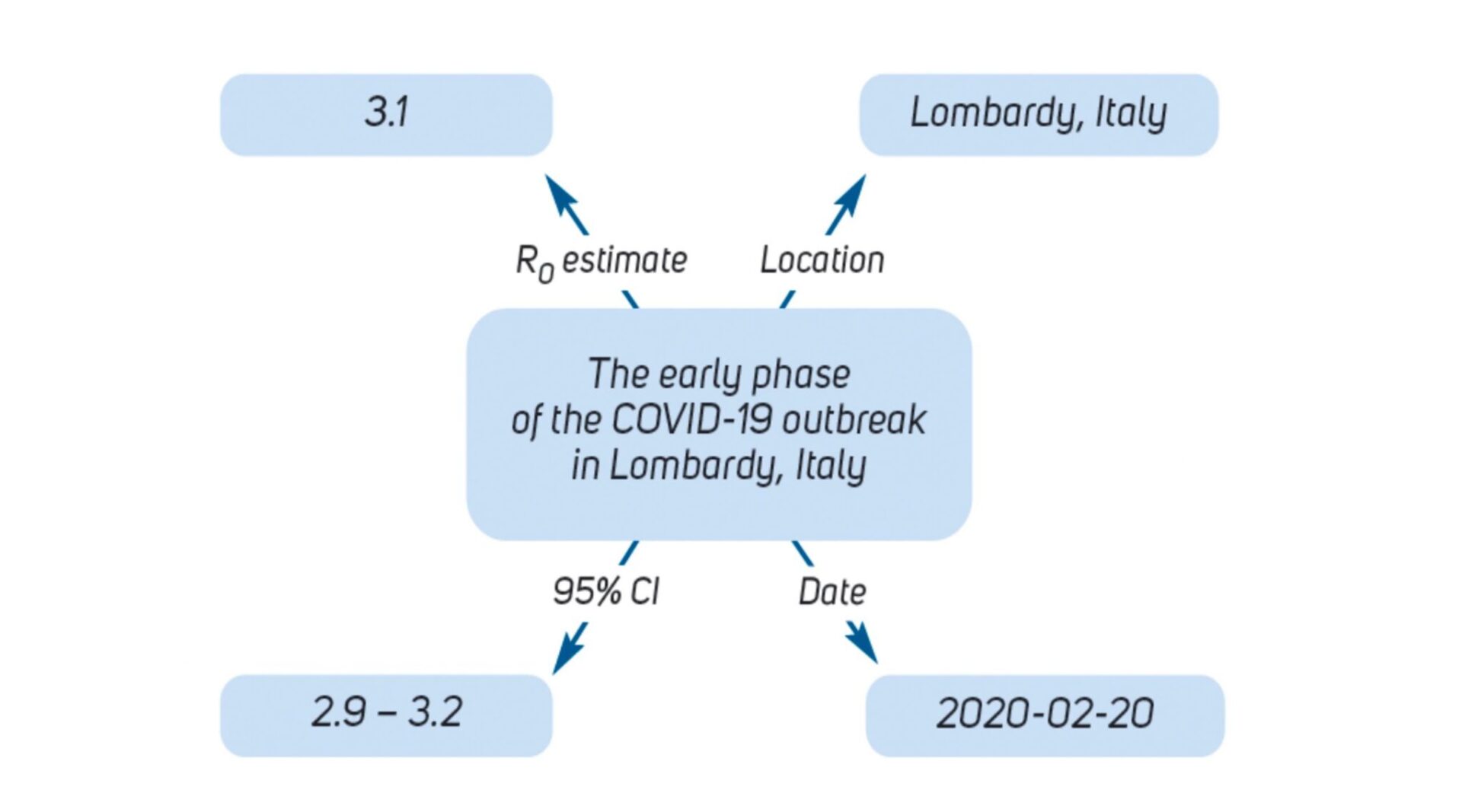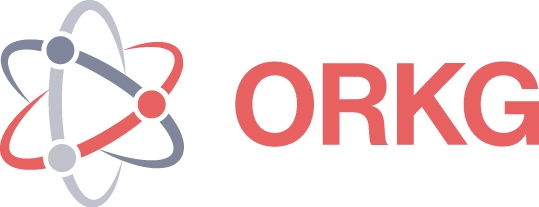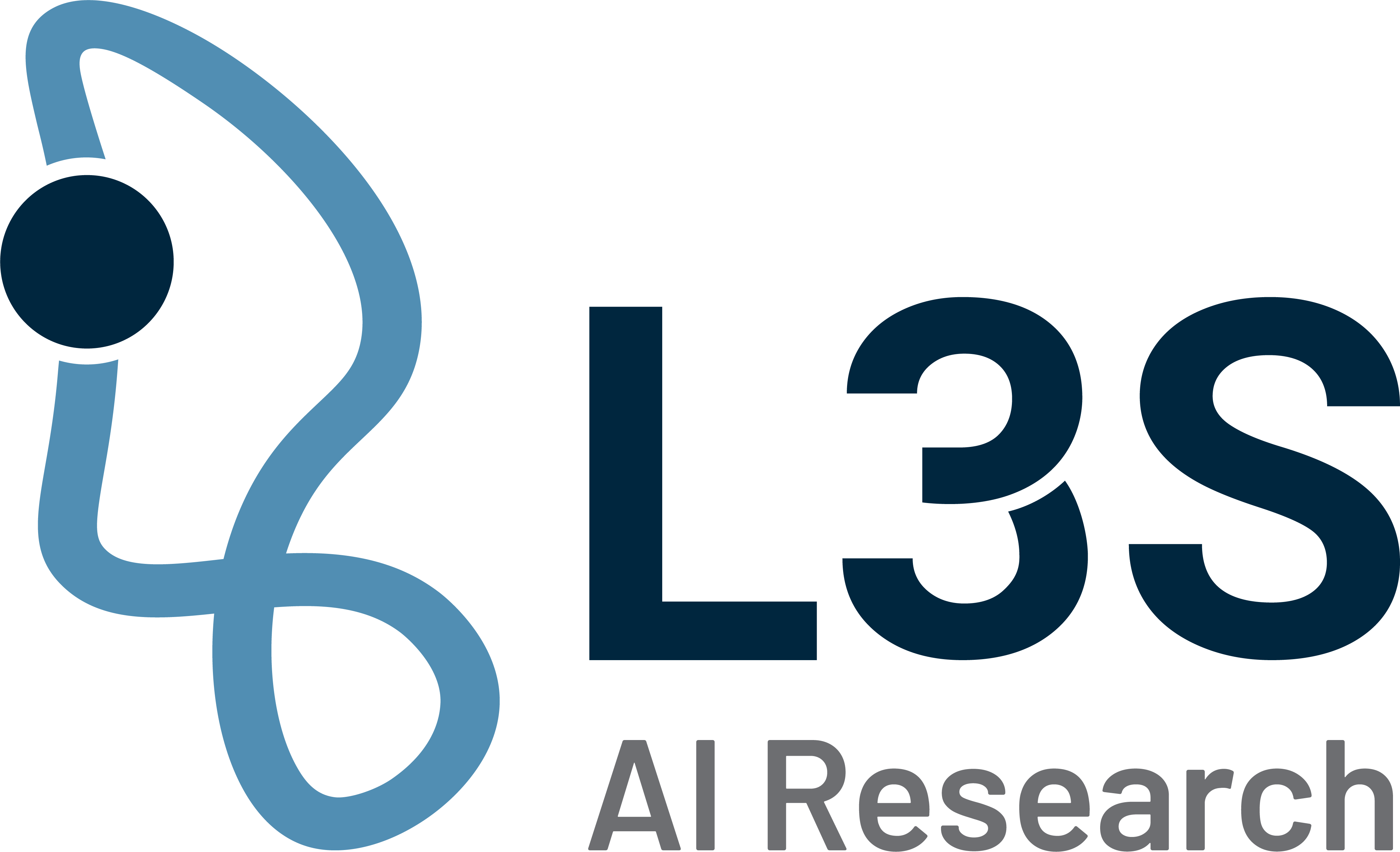
Foto: ORKG
Corona: Everything in view with the ORKG
Several new scientific articles on COVID-19 are published daily. Many publishers have decided to support COVID-19 research and publish articles related to the crisis topic as Open Access. Access to scientific articles is of crucial importance for research. The organisation of the information published in them is essential, but extremely time-consuming. And under these circumstances, time is an asset that is more valuable than ever.
Prof. Dr. Sören Auer and his team in the Joint Lab of L3S and TIB want to use the Open Research Knowledge Graph (ORKG) to make the organisation of scientific knowledge more efficient. The ORKG presents the knowledge published in scientific literature in a structured way so that it can be used more easily by machines and is ultimately more readily available.
Organize R0 knowledge efficiently
Dr. Markus Stocker and Allard Oelen are part of the ORKG research team. They show how the ORKG can organize the knowledge of the COVID-19 basic reproduction number, also known as R0. The number refers to the expected number of people that an infected person will infect. Together with the mortality rate, R0 provides information about how dangerous an infectious disease is. These figures may vary from place to place due to population density or cultural differences. R0 figures for some known diseases include 12-18 for measles, 2-5 for SARS and 2-3 for colds.
Several articles have already been published on R0 estimates for COVID-19. As they are scattered over the growing literature, it is becoming more and more difficult to organize information about R0, its value, confidence intervals, study location and time frame. Traditionally, reviews organize the literature on a particular problem. But they have at least two shortcomings: Firstly, their content, like the original research articles, is unstructured and therefore difficult to machine. Second, they reflect the state of knowledge at a given point in time.
This is where the ORKG comes in. The knowledge graph supports the structured description of scientific work. The following information is particularly relevant for R0 research: the R0 estimate, a confidence interval of 95 percent, the time frame and location of the study and (optionally) the methods used to determine R0. In articles this information is published as natural text, which makes the extraction (human or machine) of exactly this information quite difficult. With the ORKG the same information can be published in a structured form.

The ORKG translates information from natural text into corresponding machine usable representations.
Machine knowledge exploitation
Only through the structured presentation of scientific findings can literature overviews or comparisons be automatically generated in the ORKG. This is exciting, but only one of several possibilities. The second one is that ORKG overviews, in contrast to overview articles, can evolve. When new literature on R0 research is published, it is easy to extend such an overview, which thus continues to reflect the current state of knowledge in a comparable way.
However, the real strength of such ORKG overviews becomes apparent when they are used as data sources. In fact, thanks to the machine usability of both the data and the data exchange protocol (REST API), it is possible to integrate the ORKG and overviews into the data analysis.
Automatically generated literature overview for the use case of the COVID-19 basic reproduction number.
Source
Contact

Dr. Markus Stocker
Markus Stocker is a research assistant in the Joint Lab of L3S and TIB. At the TIB, he heads the junior research group on knowledge infrastructures. His research interests lie at the interface between research infrastructures and research communities and how such infrastructures acquire, maintain and share scientific knowledge about human and natural worlds.

Allard Oelen
Allard Oelen is a research assistant in the Joint Lab of L3S and TIB. He is researching technologies of the Semantic Web and how they can be used in real applications. He is also interested in human-computer interaction and especially in the design and development of user interfaces.




